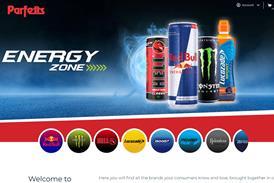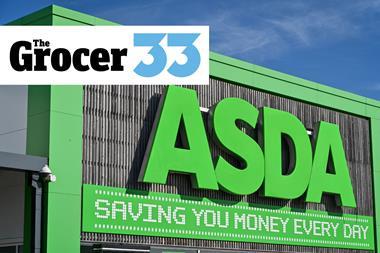The commodity price hikes of last year are just a memory yet there are as many retail product categories up in price as there are down, reports James Ball
This month's Grocer Price Index category report tells a very different story to the one it told a year ago. Last August the commodity price spikes of 2008 had hit the supermarket shelves with a vengeance: virtually every category showed double-digit price inflation. This August, none do. But, unfortunately for shoppers, this hasn't been reflected in big price drops.
The sharpest year-on-year fall is the 5.3% drop in prices in the fruit and veg category and this was fuelled largely by advertising-supported fruit and veg promotions by two of the big four retailers.
There is a 50:50 split between the categories that have risen in price in the past year and those that have fallen. One of those to increase in price is health and beauty, which is 6.6% more expensive than last year. The category has taken longer to pass on cost increases due to long lead times.
Prices in the ambient grocery category, in which Unilever and Premier Foods recently passed on price increases, are 5% higher than last year. And in the soft drinks category, which also takes a long time to pass on cost increases, they are up 4.3%.
The month-on-month picture is better for shoppers, however. The average prices in nine of the 12 categories have fallen during August, but the pace of reductions is slowing. While analysts expect food prices to remain steady in the next 12 months, several factors could push them upwards.
Foremost among these is an oil price recovery. Brent Crude is 37.5% cheaper than last August, which reduces distribution, energy and raw material costs, but as the global economy recovers, oil prices are set to rise once more.
Poor harvests for key crops in specialised categories is another issue. Sugar and cocoa are under pressure after floods in Brazil and a dry monsoon season in India. These factors have also hit coffee and tea farmers, pushing hot drink prices higher.
Inflation is no longer the threat to suppliers it was a year ago and consumers are benefiting from nigh-on universally lower commodity prices but given the pressures pushing prices back up, no-one should get too complacent. The good times may not last all that long.
Sign in to comment on this article
Not logged in before? Register for FREE guest access today.
You will be able to:
- Read more stories
- Receive daily newsletters
- Comment on stories
Advert
















No comments yet